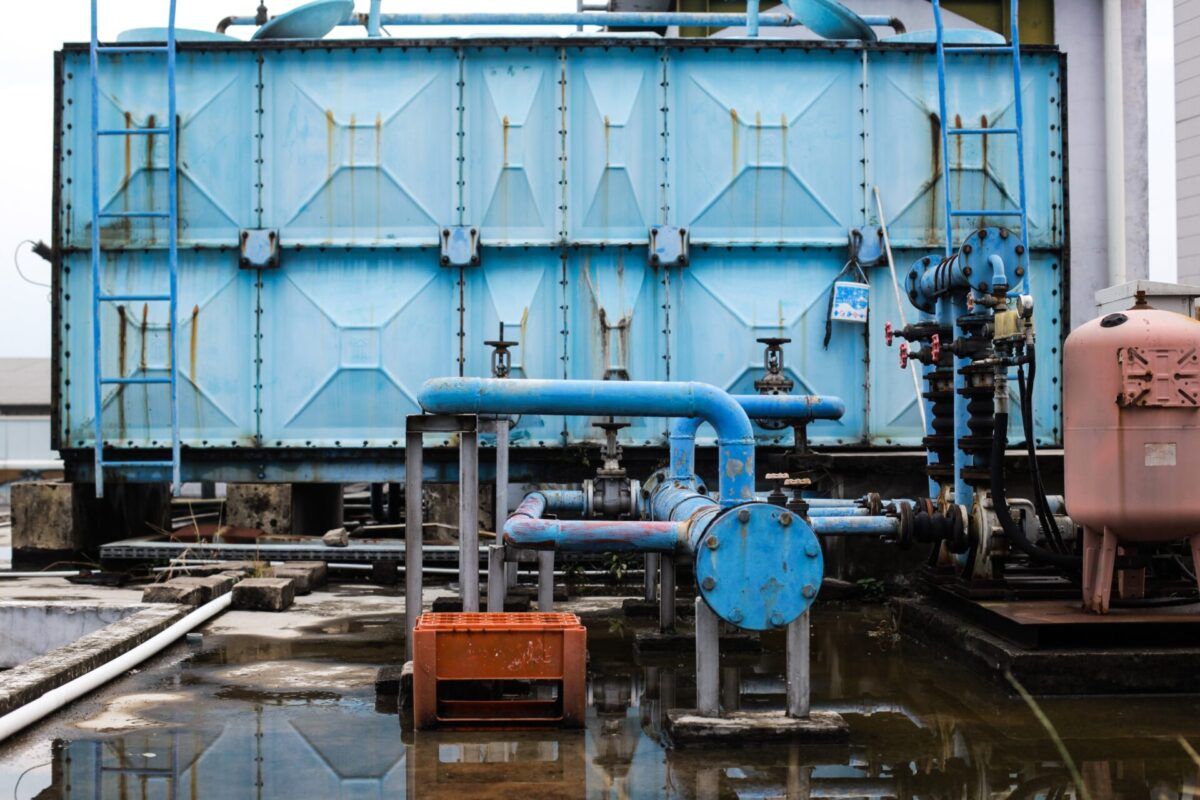Best Practices for Water Tank and Tower Preventative Maintenance and Inspections

Posted on April 10, 2023 by Brent Phillips
A water tank inspection is necessary to ensure all working parts in a water asset management system function properly; it is essential to the safety and efficiency of that water system.
In today’s blog, we’ll cover the following:
- Types and frequency of inspections
- Inspection preparation
- Regular maintenance between NACE inspections
- Keep the system running smoothly
Types and Frequency of Inspections
Water tank and tower inspections are critical for protecting a city’s water supply from contaminants. There are various types of water tank inspections, but to keep it simple, we’ll break this down by responsibility and frequency. It’s a critical distinction to divide into two responsible parties: the municipality and the inspection contractor.
The area with the most overlap is visual inspections, in which the city water managers department would be the first to notice and report a problem that prompts the department to schedule a certified NACE inspection with a neutral third-party firm.
Under the responsibility of the NACE inspector, there will be a thorough visual inspection of structural conditions inside and outside the tank. The inspector will evaluate and record:
- Pressure testing values
- Sanitary conditions
- Safety and security
- Coating system
All that recorded data and information is later compiled into a report and submitted to the city water manager’s office.
Inspection requirements can vary from one state to another and from industry to industry. However, water towers should get inspected once annually for sanitation, safety, security, and structural conditions, while coating inspections should occur every two to five years. By following these guidelines, you ensure your city’s water supply is clean and safe for consumption.
Preparing for a Inspection
If your town’s above ground water storage facility is coming due for an inspection, here are some simple steps to help prepare for that upcoming NACE visit. Check for visible signs of leaks or corrosion on the outside of the tank.
Use a flashlight to check the inside of the tank for any visible signs of leaks, and note if this has already been reported and repaired. Check all water access points in conjunction with your tank.
Check all return valves, splash guards, and overflow pipes for leaks. Remember to inspect each valve handle by turning it counterclockwise to open or clockwise to close off.
Regular Maintenance Between NACE Inspections
Water towers are vital assets for many communities, providing an essential source of water and pressure. Integral to ensuring water assets remain in good working condition and safe to use, it’s a best practice to perform continual maintenance between inspections.
That means regularly checking the water tower’s structural integrity, performing regular cleaning, and routine maintenance checks. Following these best practices ensures that your water tower remains in good condition between inspections.
Keep The System Running Smoothly
Regularly scheduled water tank inspections are essential for keeping your system running smoothly and efficiently. NACE inspections can help detect any potential problems with the tank, such as areas of corrosion, signs of leaks, or blockages, before it becomes severe and leads to costly repairs or replacements.
Additionally, regular inspections can help identify any necessary maintenance or repairs that need to get done to ensure the long-term operation of a municipality’s water tower. By having regularly scheduled tank and tower inspections each year and having a proactive approach to inspecting a tower visually, water asset managers can rest assured that the system remains in top condition to provide reliable service for years to come.
To schedule your municipality’s next NACE inspection, call the team at Cunningham today at (602) 848-3030. Their certified NACE inspectors will thoroughly inspect the exterior and interior of your water asset. They will provide a comprehensive report and full-length uncut video from their remotely operated underwater vehicle.